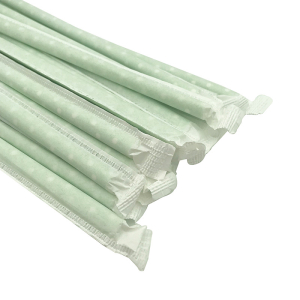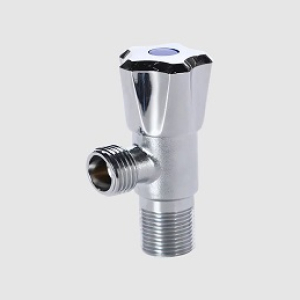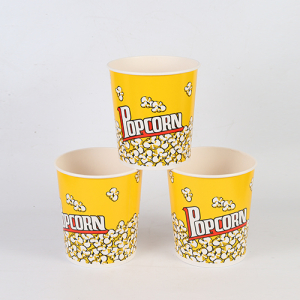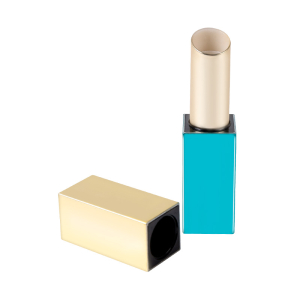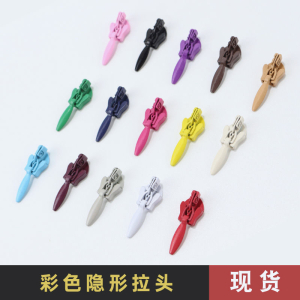In the world of packaging and manufacturing, the 1810 PET preform has emerged as a critical component in the production of plastic bottles and containers. As a key intermediary in the creation of PET (polyethylene terephthalate) bottles, the design and functionality of 1810 PET preforms play a crucial role in ensuring the efficiency, durability, and quality of the final products.
The 1810 PET preform is made from high-grade PET resin, which is known for its excellent clarity, strength, and resistance to impact. The PET material is also lightweight and recyclable, making it an ideal choice for packaging applications. The resin used in the preform is carefully selected to meet industry standards for safety and performance.
Functionality of 1810 PET Preforms
- Injection Molding: The production of 1810 PET preforms begins with the injection molding process. During this stage, PET resin is melted and injected into preform molds under high pressure. The mold shapes the resin into the 1810 preform's specific dimensions, including the neck, body, and base. The preforms are then cooled and solidified before being removed from the molds.
- Blow Molding: Once the 1810 PET preforms are produced, they undergo a blow molding process to transform them into finished PET bottles or containers. The preforms are heated and expanded using compressed air to conform to the shape of the final mold. This process ensures that the PET material evenly distributes and forms the desired bottle shape, including features such as handles, contours, or embossed labels.
- Quality Control: Quality control is a critical aspect of the production process for 1810 PET preforms. Each preform is inspected for defects such as air bubbles, irregularities in wall thickness, or dimensional inaccuracies. Stringent quality control measures ensure that only preforms meeting the required standards are used in the blow molding process, resulting in high-quality final products.

